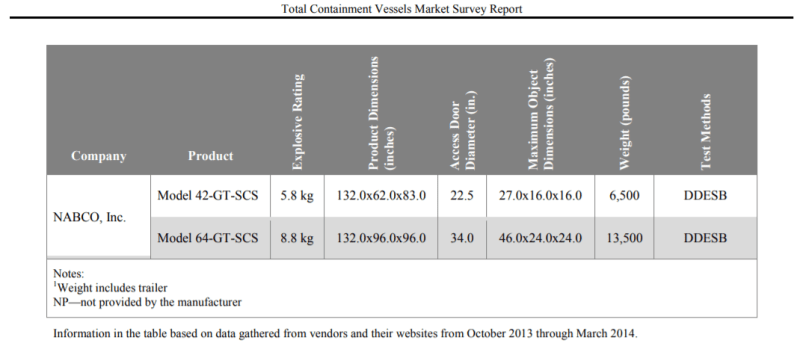jrs87
Mechanical
- Mar 22, 2018
- 201
Someone did not read the manual.
Follow along with the video below to see how to install our site as a web app on your home screen.
Note: This feature may not be available in some browsers.
SFGate said:The bomb technicians — estimated the weight of the homemade explosives and a counter-charge to be about 16.5 pounds (7.5 kilograms) in a standard flash powder measurement. That measurement is not the same as an item's physical weight and is instead calculated as a TNT equivalent because explosives have different concentrations and therefore have varying “explosive weights."
Federal authorities who weighed the remains after the blast calculated that the weight was actually more than 42 pounds (19 kilograms) in the standard measurement. The smaller explosives were actually 1.37 ounces (38.9 grams) and the larger ones were about 5 ounces (142 grams).
The detonation chamber's maximum capacity is 15 pounds (6.8 kilograms) for multiple uses or 25 pounds (11 kilograms) for a single use, Moore said.


![[ponder] [ponder] [ponder]](/data/assets/smilies/ponder.gif)
The design charge weights for the present invention are:
3-lbs TNT—totally sealed system, repeatable detonations. The UTCV 10 will require decontamination and maintenance, but no repairs.
15-lbs TNT—repeatable detonations with venting. Minor repairs may be required which include mechanical components, ports 68, and flanges (at the yoke 16, door 14, and body 12).
26-lbs TNT—one-time event with venting. Major repairs may be required to all components of the system. However, the system will retain structural integrity during the event.
Your tag line answers that question quite well.Demented said:How did they weigh what was put in the unit? Sorry if that's already been answered before.
Answer said:Precision guess work based on information provided by those of questionable knowledge
